Table of Contents
Background:
Recently, School of Engineering, Zhejiang University of Technology (ZJUT) invited SHINING 3D to join the first “Alumni Mentor Program” to be one of the 13 distinguished alumni mentoring 42 students majoring in mechanics. The first project SHINING 3D instructed students from the ZJUT racing team was to customize their racecars with 3D digitalization and 3D printing technologies. Background: Recently, School of Engineering, Zhejiang University of Technology (ZJUT) invited SHINING 3D to join the first “Alumni Mentor Program” to be one of the 13 distinguished alumni mentoring 42 students majoring in mechanics. The first project SHINING 3D instructed students from the ZJUT racing team was to customize their racecars with 3D digitalization and 3D printing technologies.
Lesson 1: Customize the steering wheel handles for the racers
Racing as an intense competition requires a high level of driving skills. Thus the steering wheel handle needs to perfectly fit the racer’s hands, otherwise, the racing performance may be affected. SHINING 3D guided and instructed the students to customize personalized steering wheel handles with 3D scanning and 3D printing technologies.
1. Use the plasticine to get the racer’s handprints.
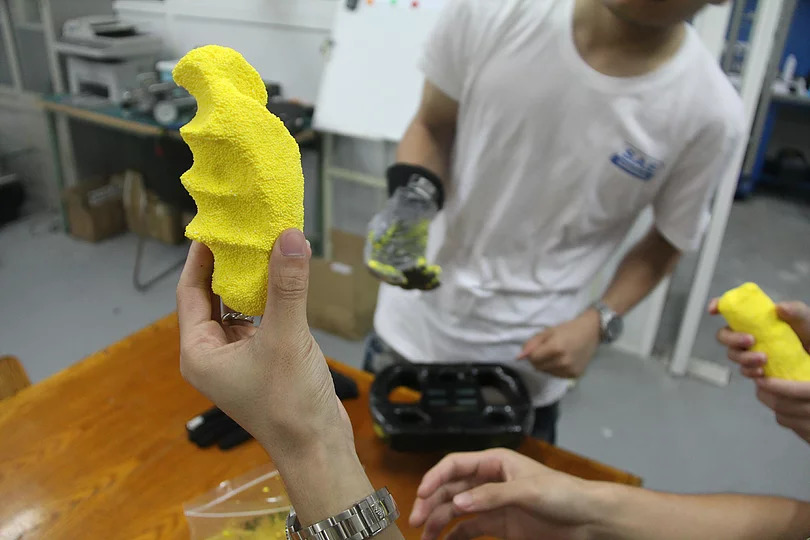
2. Use EinScan-SE for 3D scanning of the handprints.
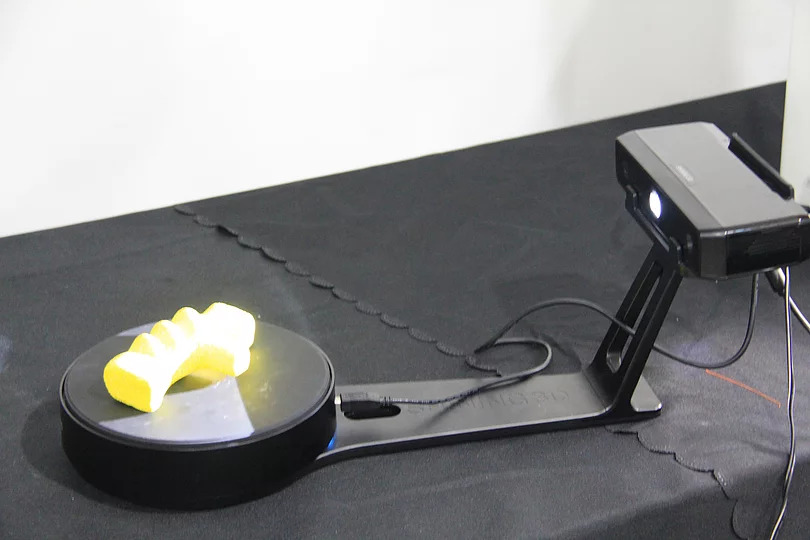
3. Design the steering wheel handle based on the 3D data.
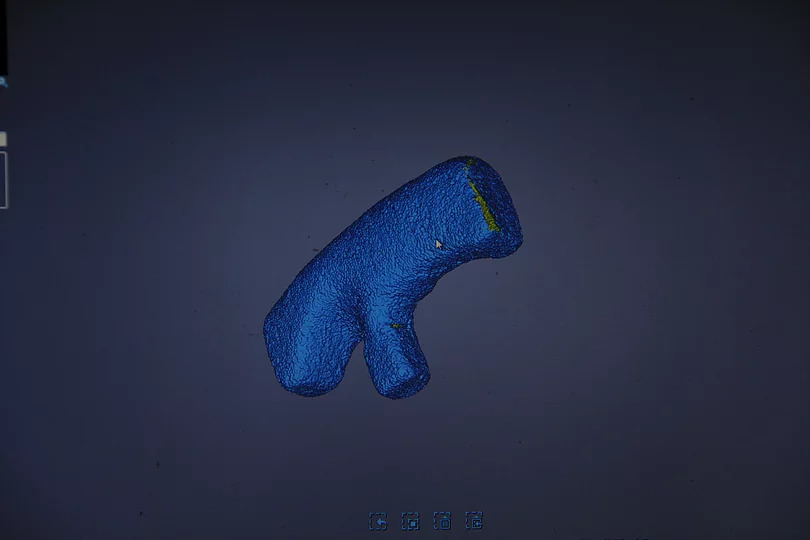
4. Print out the handle using 3D printers and install it on the steering wheel.
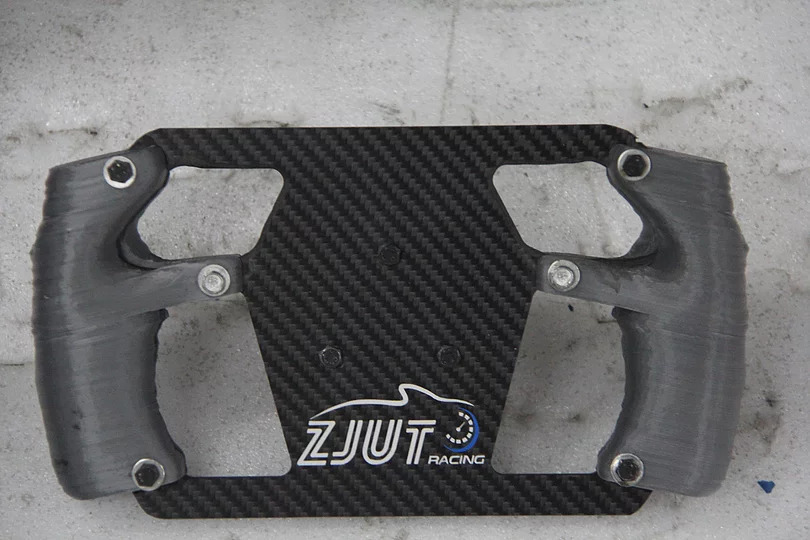
The 3D printed handle perfectly fit the outline of the racer’s hands, allowing the racer to operate it easily and conveniently during the intense competition, without any concerns about the pain caused by overexertion and poor fitting between the handle and hands.
Lesson 2: Rapid making the front part of racing cars
In addition to steering wheel handles, the racing team, under the guidance of their mentors, also tried to make the front part of the racing car using 3D printing technologies.
1. 3D Printing
Use the industrial 3D printer to print out the front part of the racing car.
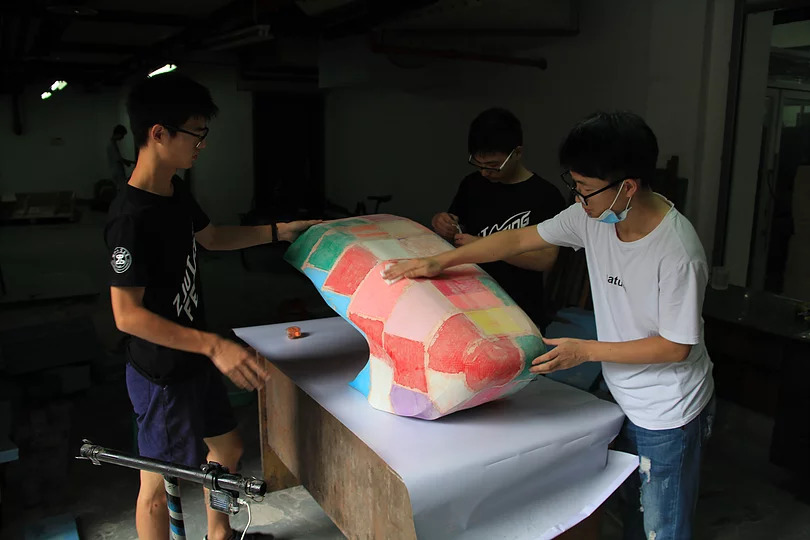
2. Hardening & surface finishing
After the preliminary molding, the team members conducted the surface finishing for the front part of the racecar and placed it horizontally for hardening. After the hardening, the mold became strong enough to complete the evacuation and then do the manual finishing on the surface again.
3. Covering with carbon fiber fabrics
The surface of the mold was applied with the wax and covered with multiple layers of carbon fiber fabrics tailored based on the outline of the mold. A layer of epoxy resin was painted on each layer of the carbon fiber fabric.
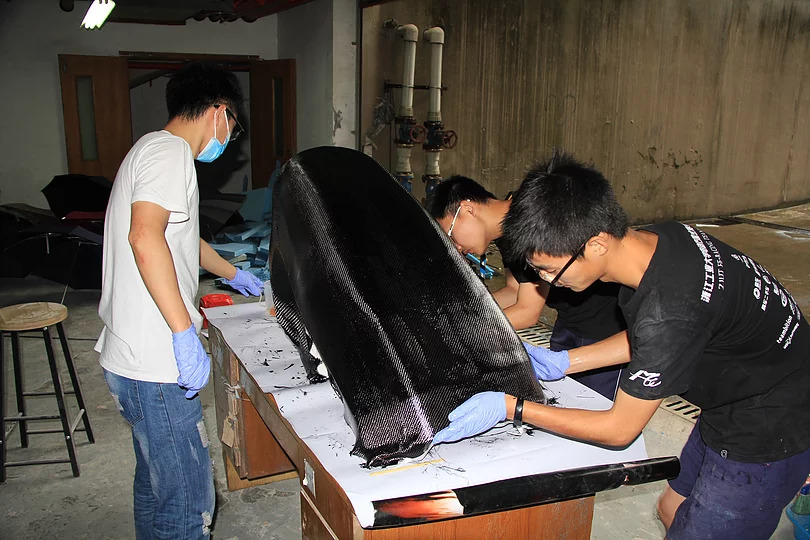
4. Evacuation & curing
The racing car head was put into a vacuum bag, which was connected to an air pump. After the evacuation, the vacuum bag was sealed and placed for more than 24 hours to ensure the complete curing of the resin.
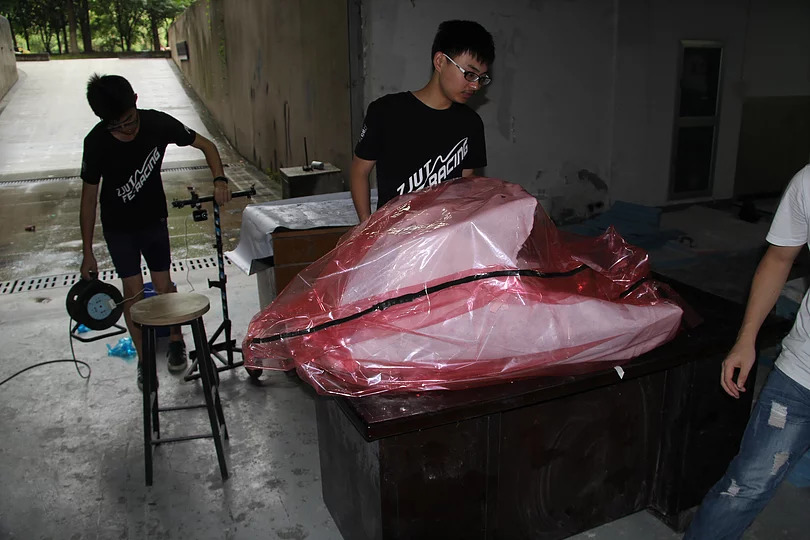
5. Demoulding
When the 3D printed mold was removed after opening the vacuum bag, the front part of the racecar with the carbon fiber cover was complete.
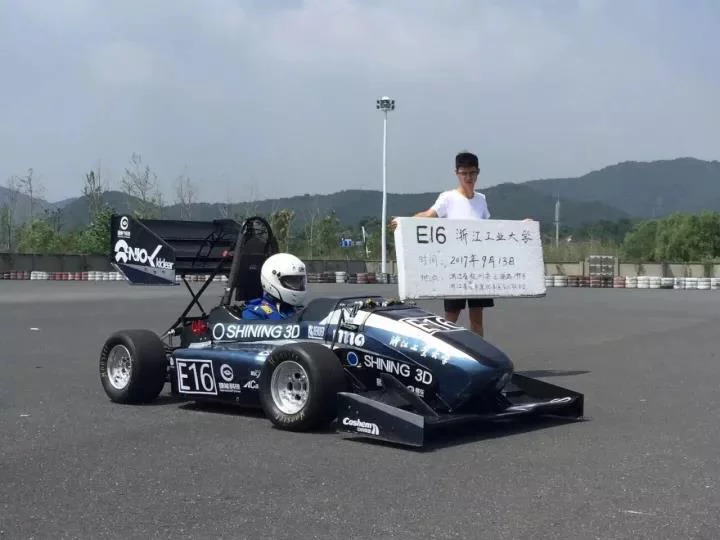
Summary:
3D digitization and 3D printing technologies helped the ZJUT racing team to complete the design and manufacture of certain parts of the racecar without any existing mold, which saved both the time and cost. In addition, it also encouraged the student to create more innovations without any restrictions on the processing technology.





